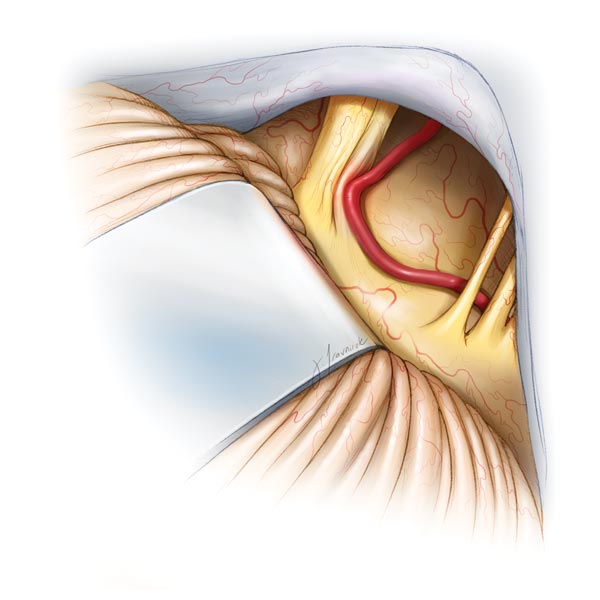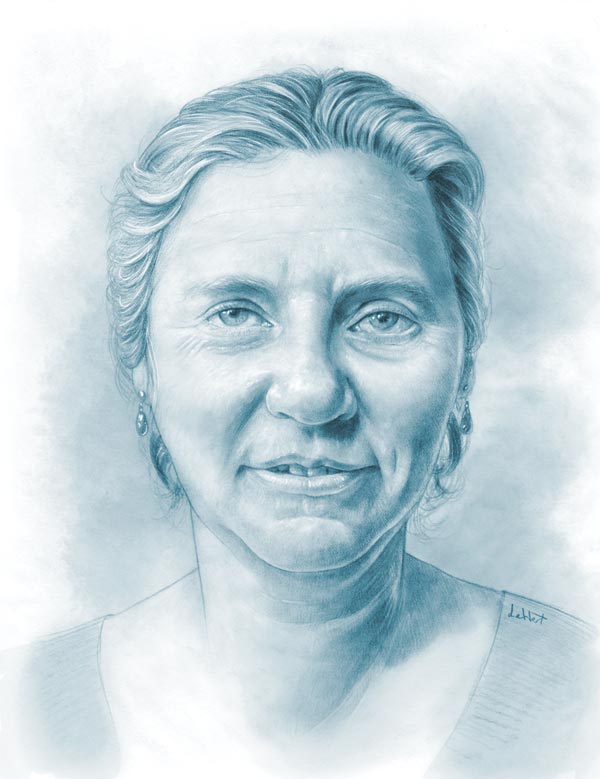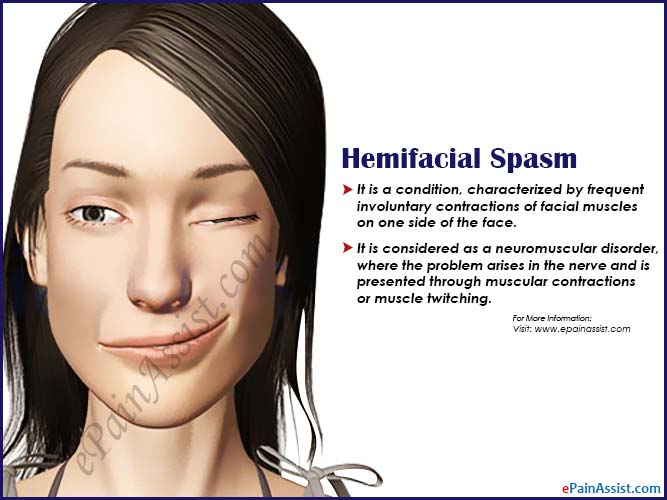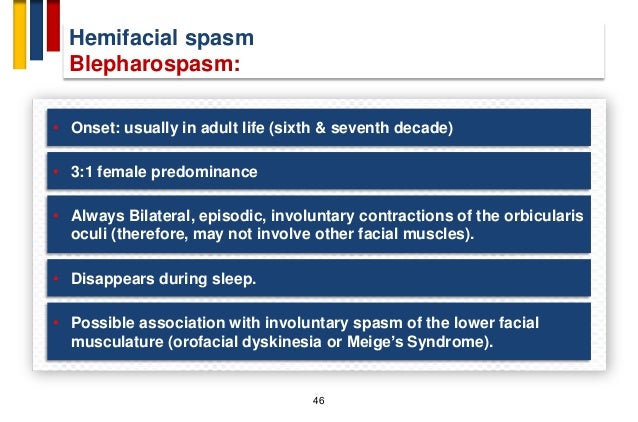Trigeminal neuralgia and hemifacial spasm are debilitating disorders that cause pain or uncontrollable movements in the facial region. Trigeminal neuralgia or tic douloureux is sometimes described as the most excruciating pain known to humanity.



Hemifacial spasms happen when the muscles on only one side of your face twitch without warning. These types of spasms are caused by damage or irritation to the facial nerve, which is also known as the seventh cranial nerve. Facial spasms occur when the muscles contract involuntarily because of this
5 Answers – Posted in: lioresal, muscle spasm, muscle – Answer: Hi Dan, It sounds as if you need to see a Neurologist about this serious
Hemihypertrophy, also called hemihyperplasia, is a greater-than-normal asymmetry between the right and left sides of the body. This difference can be in just one finger; just one limb; just the face; or an entire half of the body.





Wondering can hemifacial spasm go away? Read this blog to learn some better alternatives than waiting for your condition to cure itself.
Hemifacial spasm, also known as tic convulsif, is a condition that causes frequent “tics,” or muscle spasms, on one side of the face. These tics are usually not painful, although they can be uncomfortable, and they are usually not life-threatening.
Learn about diagnosis and treatment of hemifacial spasm, a nervous system disorder that causes muscles to twitch on one side of the face.
What Are Hemifacial Spasms? Hemifacial spasms are sudden involuntary muscle contractions occurring on one-half (hemi) of the face (facial) because the facial …
Learn how hemifacial spasms are successfully treated at Skull Base Institute using minimally invasive, endoscopic techniques. Recover faster with less pain!


This information is designed only to help patients talk with their physicians about Hemifacial Spasm (HFS) and is not intended to provide treatment guidelines.